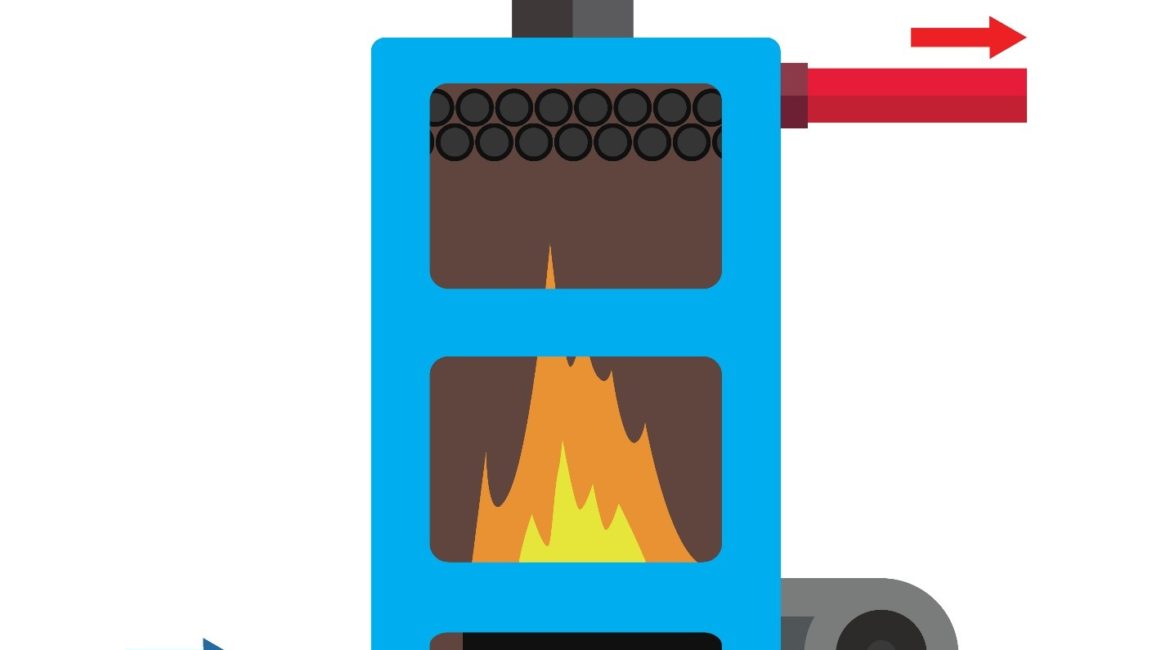An intricate set of interconnected parts make up an HVAC system. Each part has its part to play in achieving the desired end result, be it heating or cooling your indoor spaces.
With a few tricks and hacks, you can look forward to your system working at maximum efficiency while at the same time helping to extend the life of your unit. Here is a look at three of these parts; the filters, registers and thermostat, and a guide on the best practices to keep in mind for each of the parts.
- The Filters
Your system’s filters improve indoor air quality by trapping small particles such as dust, pet dander, and pollen and preventing these particles from being recirculated throughout your indoor spaces.
Get the Right Filter
A filter’s Minimum Efficiency Reporting Value (MERV) is based on its efficiency. Choose a filter that suits your circumstances and needs.
MERV 1-4: These filters deliver minimum filtration. Filters in this range are inexpensive and do little else than keeping the dust away. Expect very little improvement in indoor air quality.
MERV5-8: Filters in this range filter out smaller particles that may aggravate allergies, with no airflow restriction. MERV 5-8 filters are ideal for the average home.
MERV 9-12: If you have multiple pets in your home or suffer from severe allergies, then filters in this range will help you breathe easier. The filters will restrict airflow, which you can counter by boosting the blower motor.
Filters offering higher filtration efficiencies, that is, MERV13-16, are commonly reserved for special applications such as hospitals.
Change Your Filters Regularly
Maintain excellent indoor air quality by changing your filters regularly. Other benefits include helping to keep your energy costs down and extending the life of your HVAC system. How often you should replace your filters will depend on several factors, most importantly, the number of small particles in your spaces. For example, if you have several pets, then you may need to replace your filters more frequently than someone else with just one pet or none at all.
- The Registers
These are the vent openings on your HVAC system, designed to deliver to your spaces the air that has gone through the system and return more air to the unit. They are inserts in the ceiling or floors.
Proper Placement of Registers
Have a supply register in every large room to ensure that your spaces are cooled or heated evenly. An ideal scenario would be where there is a register in every room.
As much as possible, stick to the window placement strategy, where you position the registers as close to the window as is possible. Windows make heat transfer much easier as the air hitting them cools off and sinks.
There should also be enough distance between the return vents and the supply register. If not, the air will not circulate around the room and cool or heat the room as it should.
Regularly Adjust the Registers
Adjusting your system’s registers has everything to do with strategically opening and closing them. Opening the lower registers and closing the ones at the top, for instance, helps to draw out cold air and keeps in the hot air. During those cold winters, this is exactly what you need to maintain a comfortable temperature.
- The Thermostat
The thermostat is the device that controls your climate. It detects the temperature in your space and regulates your HVAC accordingly.
Get a Programmable Thermostat
You get more functionality, flexibility, and more control. You can program your thermostat to reduce energy usage in unoccupied rooms. For the best cost savings, program it such that you are at your most comfortable when you need it, and you can save big when you don’t need it.
Program your thermostat according to the seasons. Avoid ice-cold settings in the summertime. Keep your AC at 78 degrees instead of lower, and you can save on cooling costs. In the winter, it is recommended that you set your unit at 68 degrees. You save big on heating costs for every degree you set below 70 degrees.
Know where to Place your Thermostat
Where you place the thermostat will affect how it functions. Place it where it’s exposed to direct sunlight or any other heat source, and the thermostat will pick up that the room is much hotter than it actually is. Consequently, the thermostat will send the wrong instructions to your system, which will affect not only your comfort but also your energy costs.
In Conclusion
This is certainly not an exhaustive list of what you can do for better temperature control, to save more on energy bills, or ensure your system lasts long. That being said, these tips have been proven, and you can look forward to all these benefits with the highlighted tips.

